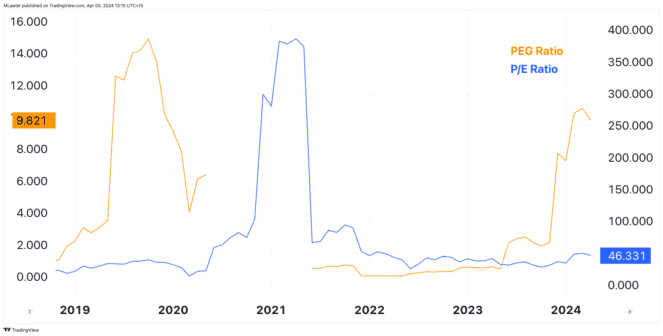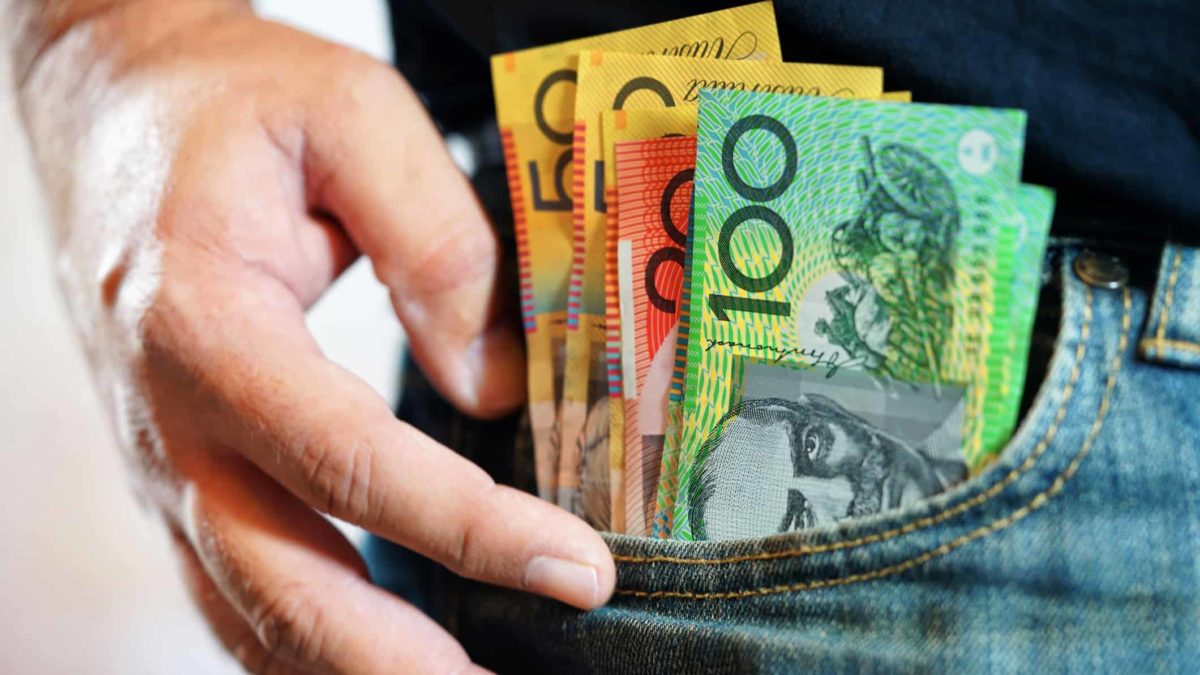
Here’s a question for you: If money doesn’t bring happiness, what does?
A snapshot of the latest World Happiness Report may provide some clues.
For the seventh year running, Finland topped the list as the world’s happiest country, with fellow Nordic nations Denmark, Sweden, and Iceland all landing within the top five spots.
Australia snagged the tenth possie, easily beating the Brits (who placed 20th) and the Americans (who only managed a miserable 23rd on the list), based on overall merriness metrics.
According to a University of Helsinki academic and happiness researcher, two key factors helping to produce all those grinning Finns are a close connection to nature and a healthy work-life balance. Other contributors include a strong sense of trust, freedom, and society.
Interestingly, the report also revealed that older Aussies reported feeling much happier than those under the age of 30.
So, what does all this have to do with investing?
Well⦠these findings suggest that perhaps the path to happiness could hinge on money after all! That is, not money itself — but having the financial freedom to work less and spend more time doing the things that bring us joy.
And, for many Australians, a regular passive income stream from ASX dividend shares helps make this freedom a reality far sooner.
Happily, our Foolish writers have plenty of ideas on which ASX dividend shares they reckon will lead to investor smiles — and extra income — over the long term.
Here are their ASX dividend stock picks for April:
5 best ASX dividend shares for April 2024 (smallest to largest)
- Smartgroup Corporation Ltd (ASX: SIQ), $1.28 billion
- Brickworks Limited (ASX: BKW) $4.23 billion
- Metcash Ltd (ASX: MTS), $4.25 billion
- Yancoal Australia Ltd (ASX: YAL), $6.93 billion
- Rio Tinto Ltd (ASX: RIO), $44.75 billion
(Market capitalisations as of market close 5 April 2024).
Why our Foolish writers love these ASX passive income stocks
Smartgroup Corporation Ltd
What it does: Smartgroup provides a complete range of administrative and workforce optimisation services to Australian government and non-government customers. The company’s three key product lines are salary packages, novated leases, and fleet-managed vehicles.
By Mitchell Lawler: Salary packaging and other employee administrative services play an important role in many businesses. However, the time and expertise involved means they are often tasks better suited to being outsourced to providers such as Smartgroup.
More recently, the government’s electric vehicle fringe benefits tax (FBT) exemption has spurred an increased interest in novated leasing of EVs, as the benefits under a salary packaging arrangement are included in this exemption.
Smartgroup’s customer growth suggests its service offering resonates with customers. The company is also operating on a highly profitable net income margin (NIM) of 24.6%. That allows Smartgroup to pay a generous dividend yield of 4.9% when including the last special dividend payment.
Motley Fool contributor Mitchell Lawler owns shares of Smartgroup Corporation Ltd.
Brickworks Limited
What it does: Brickworks is Australia’s largest brickmaker and also owns other building product brands, including Bristle Roofing and Austral Masonry. The company has a large investment stake in Washington H Soul Pattinson & Company Limited (ASX: SOL) and a significant property portfolio.
By Tristan Harrison: Brickworks shares have recently seen a pullback, which makes me think right now is an appealing time to look at the business.
In a recent announcement regarding the departure of its managing director, Brickworks revealed its asset base was $6 billion as at 31 March 2024. The current Brickworks market cap of around $4.23 billion is, therefore, sitting at a discount of more than 25% to this, which makes the stock look like a bargain to me.
While Brickworks is a quality building products manufacturer, it’s the Soul Patts shares and property assets that appeal to me the most.
In addition, Brickworks owns a 50% stake in an industrial property trust which is constructing very large warehouses on surplus, wholly-owned land that the company no longer needs, creating ongoing rental income from tenants like Amazon. Â
Brickworks hasn’t cut its annual dividend since 1976 and has a current grossed-up dividend yield of 3.2%.
Motley Fool contributor Tristan Harrison owns shares of Brickworks Limited and Washington H Soul Pattinson & Company Limited.
Metcash Ltd
What it does: Metcash is the company behind several grocery and hardware chains, including IGA, Mitre 10, and Home. It has been on the ASX for decades and has paid hefty dividends along the way.
By Sebastian Bowen: Metcash might be a great option to consider if you’re searching for a source of substantial but reliable dividend income this April. Metcash’s exposure to both the hardware and grocery sectors gives this company a stable and diversified earnings base, which is great news for dividend investors.Â
This company may not be growing at a fast clip, having reported revenue growth of just 1.6% in its last half-yearly earnings report that we saw back in December. But it has managed to decisively — if a little haphazardly — increase its dividends over the past decade. Today, it offers a fully-franked dividend yield well north of 5.5%.
Given this company has a proven ability to maintain and even raise its dividends and franking credits during economic maladies such as surging inflation and the pandemic, I think Metcash is a dividend stock any investor can feel comfortable owning as part of a diversified income portfolio.
Motley Fool contributor Sebastian Bowen does not own shares of Metcash Ltd.
Yancoal Australia Ltd
What it does: Yancoal is an Australian coal miner. The company has a range of high-quality mining assets across New South Wales, Queensland, and Western Australia. Yancoal digs up and processes a diversified mix of metallurgical and thermal coal.
By Bernd Struben: Like it or not, the death of coal appears to have been announced prematurely.
While coal prices have come down from the record levels we saw in 2022, coal is still trading well above historic levels — and well above the price Yancoal needs to turn a handsome profit. Furthermore, with the world’s most populous nations, China and India, continuing to roll out new coal-fired power stations, I believe prices will be supported amid limited global supply growth.
Despite a 39% decrease in its realised coal price in calendar year 2023, Yancoal still raked in revenue of $7.8 billion on the back of a 14% increase in attributable saleable coal production. The company closed out the year with a $1.4 billion cash balance.
As for that passive income, Yancoal paid out 69.5 cents per share in fully franked dividends over the past 12 months. Based on the Yancoal share price of $5.25 at Friday’s close, that equates to a trailing yield of 13.24%.
Motley Fool contributor Bernd Struben does not own shares of Yancoal Australia Ltd.
Rio Tinto Ltd
What it does: Rio Tinto is one of the world’s largest miners. Its portfolio includes iron ore, copper, aluminium and a range of other minerals and materials needed for the world to cut carbon emissions to net zero.
By James Mickleboro: If you’re not averse to investing in the mining sector, then I think it would be worth considering Rio Tinto shares.
While commodity prices will inevitably fluctuate, most analysts agree that the coming years are looking favourable for the key metals and minerals that Rio Tinto mines. This is particularly the case for copper, which is tipped to experience a supply crunch in the near future.
This couldn’t have come at a better time for Rio Tinto. Analysts at Goldman Sachs recently noted that “Rio is a FCF [free cash flow] and production growth story in our view, with forecast Cu Eq [copper equivalent] production growth of ~5-6% in 2024 & 2025 driven by the ramp-up of the Oyu Tolgoi UG copper mine & a recovery at Escondida and Bingham”.
The broker expects this to underpin fully franked dividend yields of approximately 5.5% in FY 2024 and 5.7% in FY 2025. Its analysts, with their buy rating and $140.20 price target, also see room for this ASX dividend share to climb from current levels.
Motley Fool contributor James Mickleboro does not own shares of Rio Tinto Ltd.
The post Top ASX dividend shares to buy in April 2024 appeared first on The Motley Fool Australia.
Wondering where you should invest $1,000 right now?
When investing expert Scott Phillips has a stock tip, it can pay to listen. After all, the flagship Motley Fool Share Advisor newsletter he has run for over ten years has provided thousands of paying members with stock picks that have doubled, tripled or even more.*
Scott just revealed what he believes could be the ‘five best ASX stocks’ for investors to buy right now. We believe these stocks are trading at attractive prices and Scott thinks they could be great buys right now…
See The 5 Stocks
*Returns as of 1 February 2024
(function() {
function setButtonColorDefaults(param, property, defaultValue) {
if( !param || !param.includes(‘#’)) {
var button = document.getElementsByClassName(“pitch-snippet”)[0].getElementsByClassName(“pitch-button”)[0];
button.style[property] = defaultValue;
}
}
setButtonColorDefaults(“#0095C8”, ‘background’, ‘#5FA85D’);
setButtonColorDefaults(“#0095C8”, ‘border-color’, ‘#43A24A’);
setButtonColorDefaults(“#fff”, ‘color’, ‘#fff’);
})()
More reading
John Mackey, former CEO of Whole Foods Market, an Amazon subsidiary, is a member of The Motley Foolâs board of directors. The Motley Fool Australia’s parent company Motley Fool Holdings Inc. has positions in and has recommended Amazon, Brickworks, Goldman Sachs Group, and Washington H. Soul Pattinson and Company Limited. The Motley Fool Australia has positions in and has recommended Brickworks, Smartgroup, and Washington H. Soul Pattinson and Company Limited. The Motley Fool Australia has recommended Amazon and Metcash. The Motley Fool has a disclosure policy. This article contains general investment advice only (under AFSL 400691). Authorised by Scott Phillips.
from The Motley Fool Australia https://ift.tt/SygdDV4










